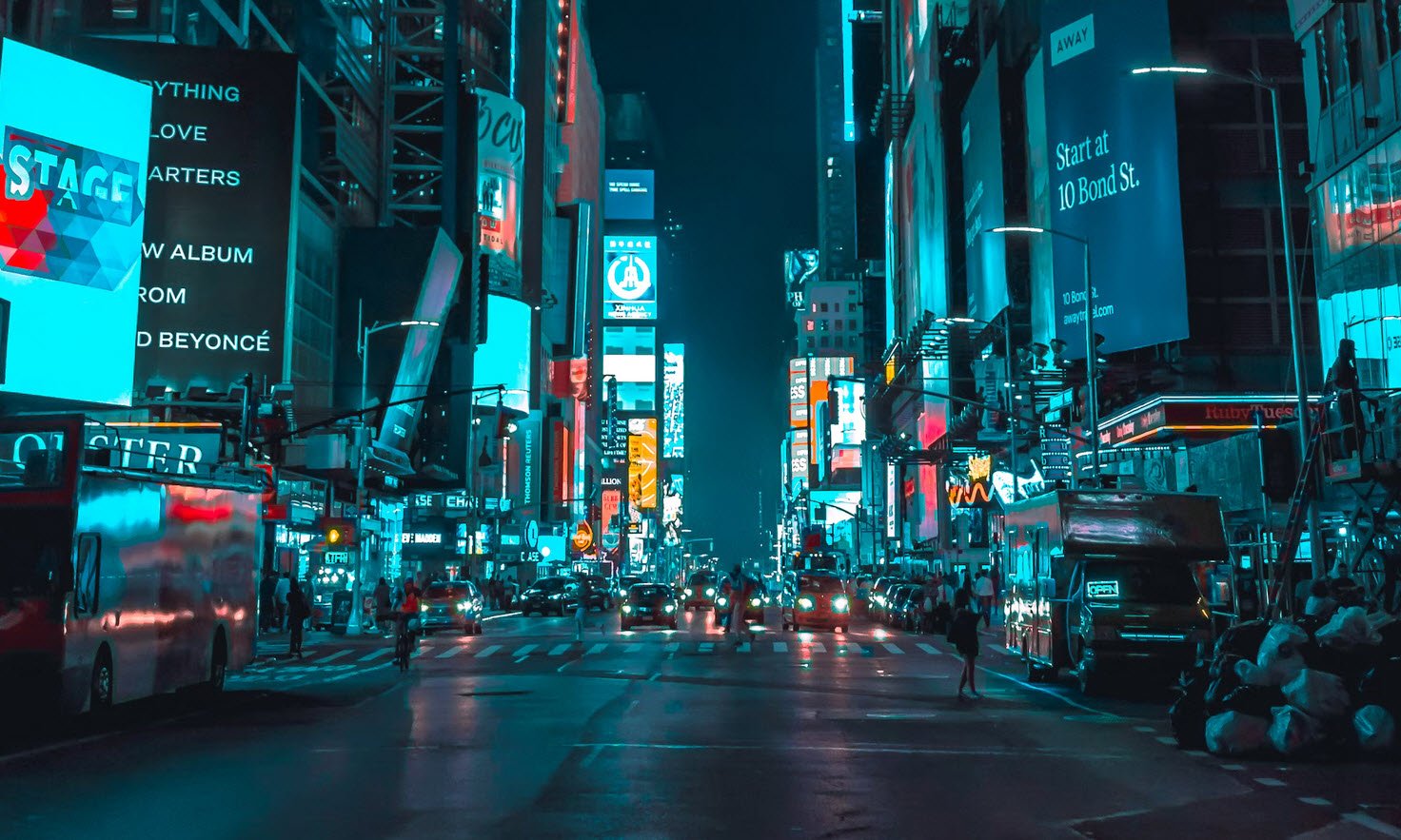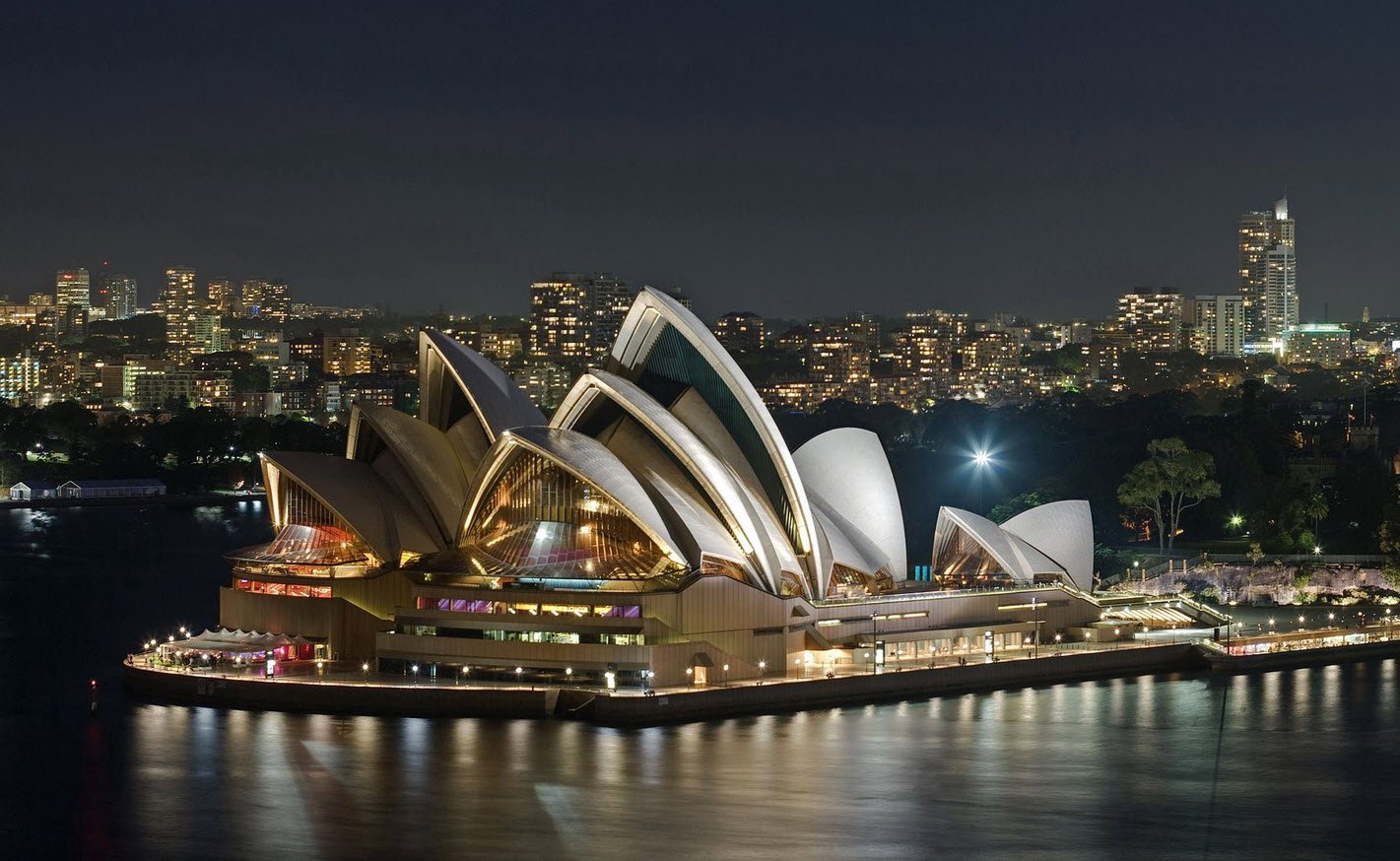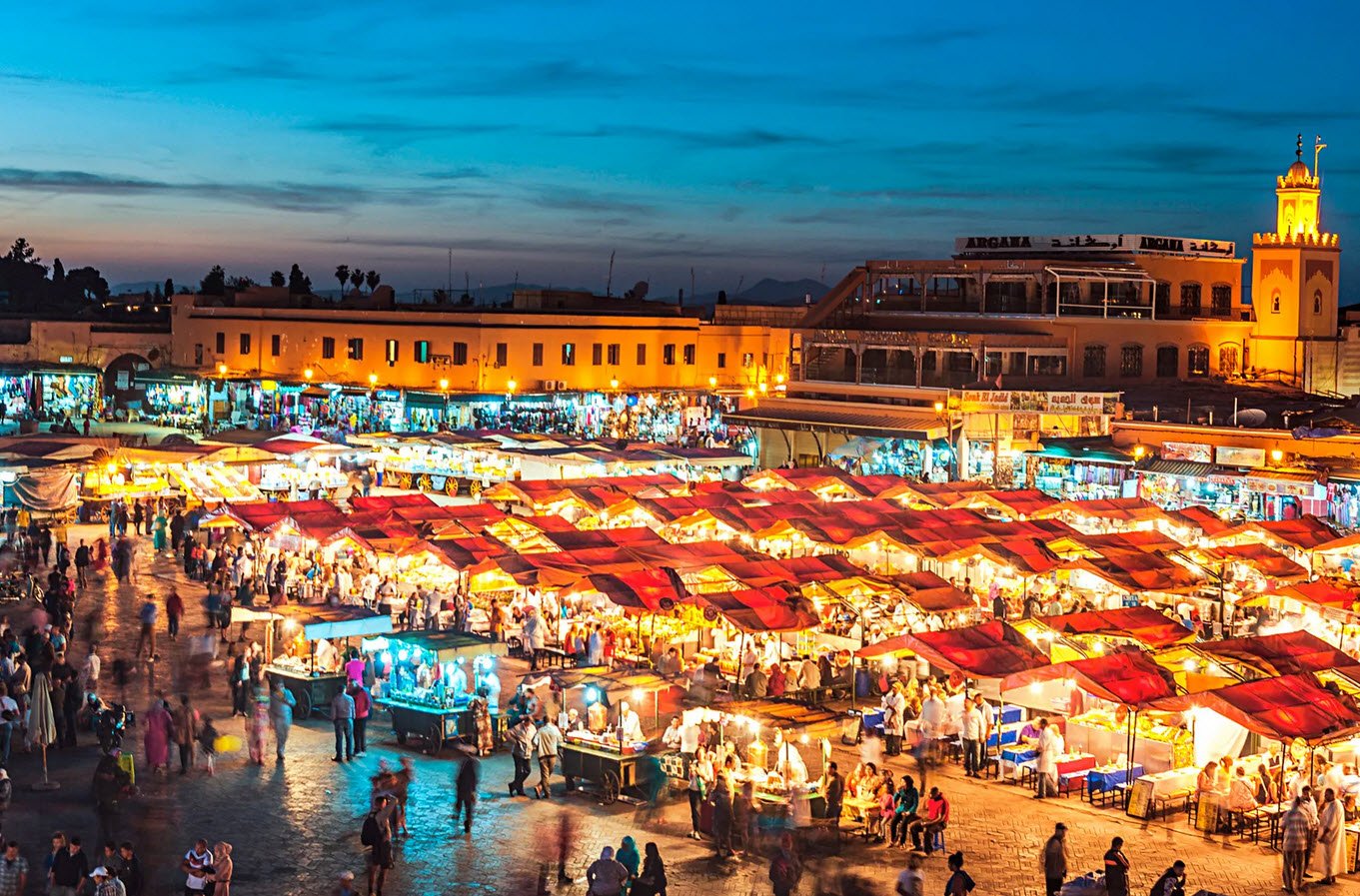
Nestled along the southwestern coast of Africa, Namibia is a land of dramatic landscapes, contrasting beauty, and extraordinary diversity. Known for its breathtaking deserts, rugged mountains, and captivating coastline, Namibia is a destination that leaves visitors in awe.
In this article, we explore the unique charm of Namibia, where the desert meets the sea, and delve into the remarkable natural wonders and cultural treasures that make it a must-visit destination.
The Coastal Contrasts
Namibia’s coastline stretches for approximately 1,570 miles (2,500 kilometers), where the vast Namib Desert, one of the oldest and driest deserts in the world, meets the tumultuous Atlantic Ocean. This meeting of two contrasting environments creates a mesmerizing blend of arid dunes and rugged cliffs, offering a visual spectacle like no other.
Namib Desert: A Sea of Sand
The Namib Desert is a captivating expanse of endless sand dunes that stretches inland from the coast. These towering dunes, with hues ranging from deep red to golden orange, create a surreal landscape that is both hauntingly beautiful and humbling. Sossusvlei, with its iconic red dunes and stark salt pans, is a highlight for visitors, offering breathtaking views and photographic opportunities that capture the essence of this remarkable desert.
Skeleton Coast: Nature’s Mystique
The Skeleton Coast, aptly named for the many shipwrecks that dot its treacherous shores, is a remote and desolate stretch of coastline that exudes an eerie allure. Here, the desert meets the sea in a dramatic clash, as crashing waves meet towering sand dunes. This rugged and untamed wilderness is home to a rich diversity of wildlife, including seals, jackals, and rare desert-adapted elephants. Exploring this mysterious and untamed region offers a unique perspective on the power and beauty of nature.
Cultural Gems
Beyond its awe-inspiring natural landscapes, Namibia is also a place of cultural richness and historical significance. The country is home to diverse ethnic groups, each with its unique traditions, languages, and art forms. The Himba people, known for their distinctive appearance and vibrant red ochre-covered skin, offer a glimpse into a traditional way of life deeply connected to the land. Namibia’s capital city, Windhoek, showcases a blend of German colonial architecture and African heritage, creating a vibrant fusion of cultures.
Conservation and Sustainability
Namibia is renowned for its commitment to conservation and sustainability. The country has made significant strides in protecting its natural heritage, with several national parks and conservancies established to safeguard its diverse ecosystems and wildlife. Namib-Naukluft National Park, Etosha National Park, and the communal conservancies of Damaraland and Kunene offer unparalleled opportunities for wildlife encounters and responsible tourism.
Adventure and Beyond
Namibia beckons adventurers with a wide range of activities. From exhilarating game drives and hot air balloon safaris to hiking in the Fish River Canyon and quad biking in the dunes, there is something for every thrill-seeker. Nighttime stargazing in the desert skies, where the absence of light pollution reveals the brilliance of the stars, is an experience not to be missed.
Conclusion
Namibia, where the desert meets the sea, is a land of astonishing beauty, stark contrasts, and cultural diversity. From the captivating dunes of the Namib Desert to the rugged coastlines of the Skeleton Coast, this African gem offers a visual feast for the senses.
With its commitment to conservation and sustainable tourism, Namibia presents a unique opportunity to explore and appreciate the delicate balance between man and nature. A journey to Namibia is an invitation to witness the grandeur of a land where the desert and the sea coexist in a harmonious yet awe-inspiring union.
You may also like:- Things to Do in New York City
- Australia – A Land of Diversity and Natural Wonders
- Top Things to Do in Marrakech, Morocco
- Top 10 Cleanest Countries In The World
- 6 Best States to Visit in USA for 2023
- Amazing Facts About Bangkok, Thailand Which You Need To Know
- 7 Tallest Buildings in the World
- Unbelievable Facts About Sardinia, Italy You Need To Know
- 50 Amazing Facts about Space and Universe
- The Nepal Himalaya’s Top 9 Destinations You Should Not Miss









This Post Has One Comment